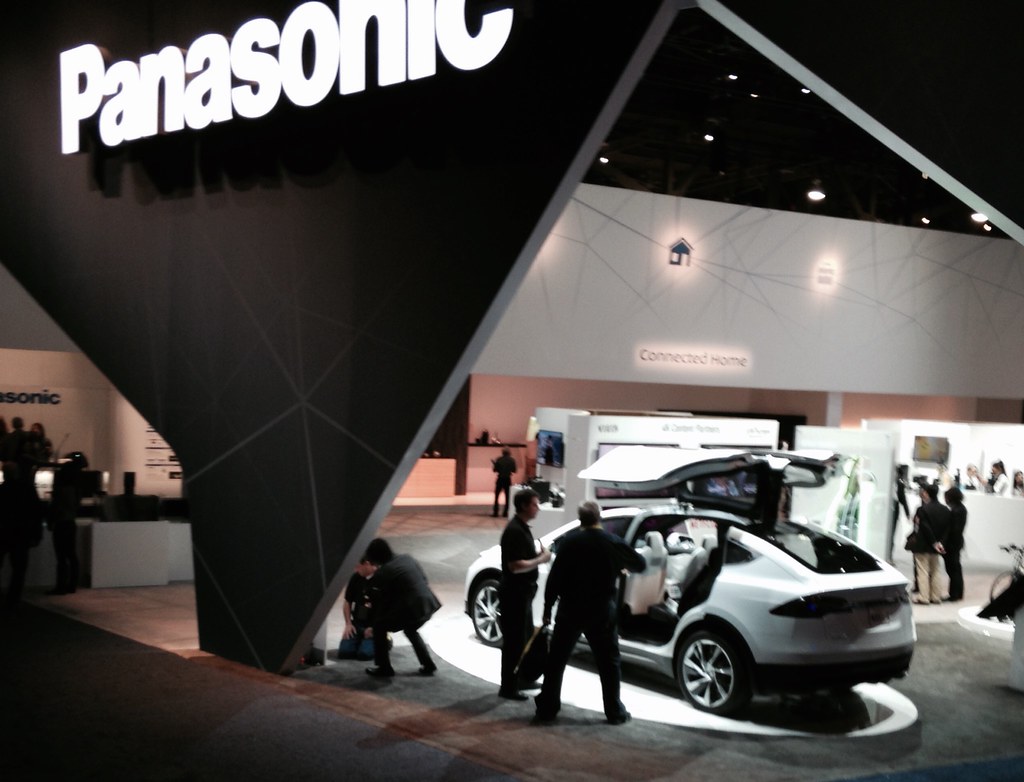Self driving vehicles have been a steady focus in the vehicle production business for quite some time now. As many companies have started to release not only self-driving vehicles but EV vehicles there have been many discovered issues. The self-driving vehicles in production being all EV or hybrid of some sort expose many limitations, some of these limitations include development in charging stations, climate causing battery issues, and cost to repair. Although there are plenty of issues with these vehicles there are pros and cons to everything. In this case some of the good with these vehicles is zero emissions fully clean burning resulting in a decrease to pollution, another good offer to these vehicles is the fuel efficiency they offer. My view on these vehicles in development is very neutral, I prefer a fossil fuel engine for many different reasons but without being biased to the subject, self-driving EV vehicles open many opportunities to all the techs that are open to the new coming technology including certification and pay increase.
The self-driving vehicles being introduced require quite a few different systems to allow them to navigate which come with many more modules involved behind them to send these signals. Systems used in self-driving vehicles include LIDAR, cameras, ultrasonic sensors, and GPS. Self driving vehicles use LIDAR (laser imaging, detection, and ranging) sensors to measure the time for the reflection of light to return back to the receiver by using a laser. This system is used so the vehicle can navigate around vehicles, objects and know its distance. These vehicles also use cameras which basically provide the LIDAR system with a much quicker response with being able to recognize its surroundings much faster than a laser signal system. The vehicles also use ultrasonic sensors for low speed scenarios and closer proximity objects. All these different systems completely communicate with GPS to navigate itself to the location.
Autonomous vehicles are a new competitive spot in the car industry and it has its downside. Creating this new technology requires development of charging stations to keep them being able to run worry free. Currently there is a low supply of charging stations across the country to be able to control the demand of self driving vehicles. The climate is another effect, with the self driving vehicles mostly being full EV they fully run off a battery which cannot withstand cold conditions. The batteries also cannot withstand wet conditions which leaves them with a limitation to certain areas of the country that are prone to flooding. The wet conditions are more of an issue than the cold because many of the EVs have burned to the ground from battery arcing making contact with water. These issues lead to the point of cost to own one of these. A maintenance point of these vehicles is a battery which tends to cost half of what you purchase the vehicle for so it is very expensive, this being a main failure point is a big limitation to purchasing one.
Although autonomous vehicles have been a steady focus in the vehicle production business for quite some time with consumer interest as well, I do not plan to hop on the driverless plunge. Having my own experience in the automotive industry I know how many failure points there are on standard vehicles. Adding many more electrical components leads to a lot more chances of failure and it can happen at any moment with no warning unlike a mechanical operating part. Although EVs and self-driving vehicles have their own place for a certain group of people, standard fossil fuel vehicles still dominate the vehicle industry.
“Tesla Model X” by Don McCullough is licensed under CC BY 2.0.










